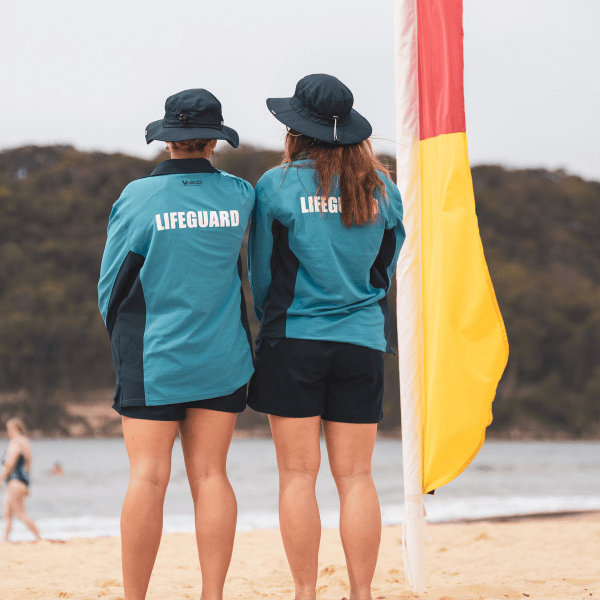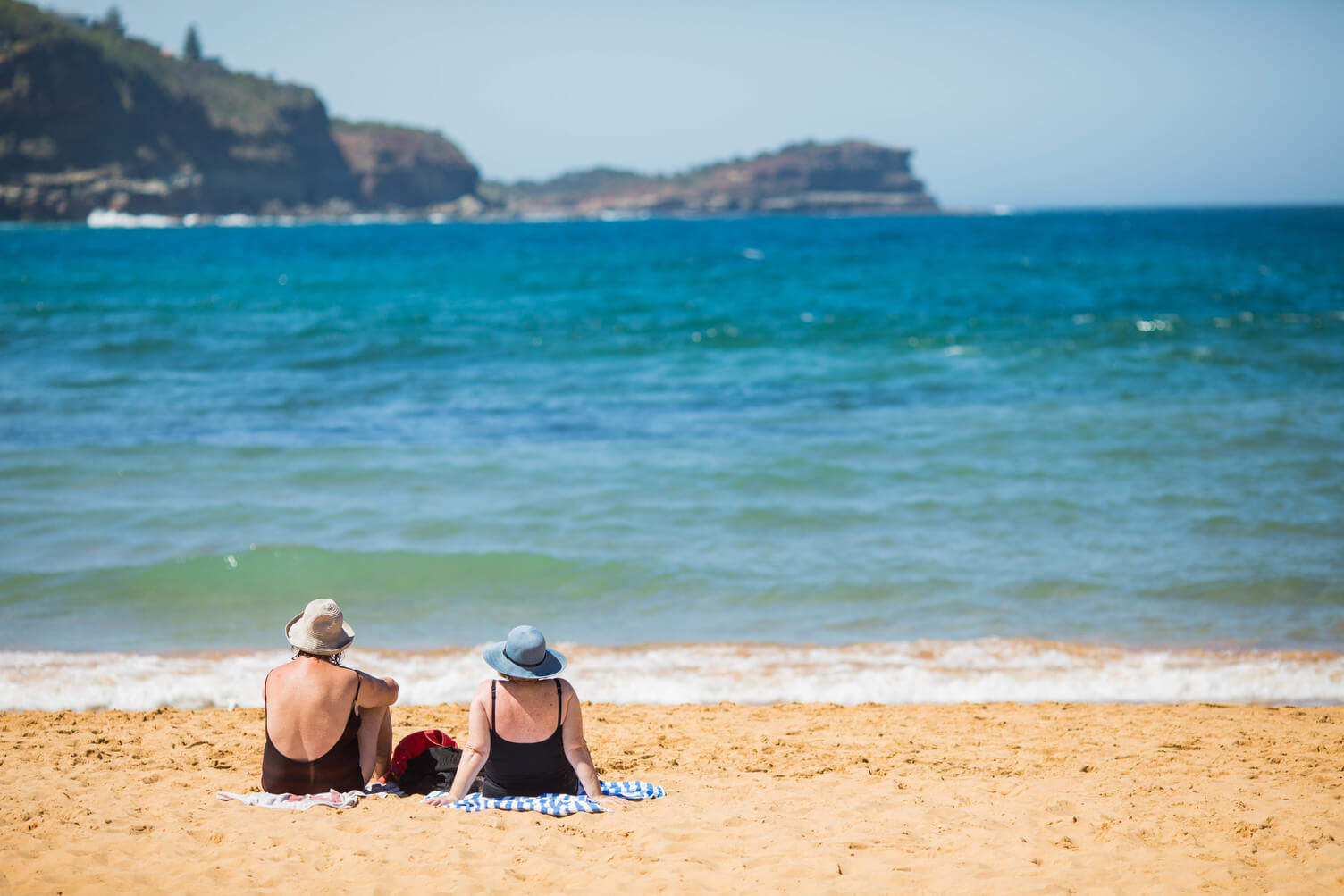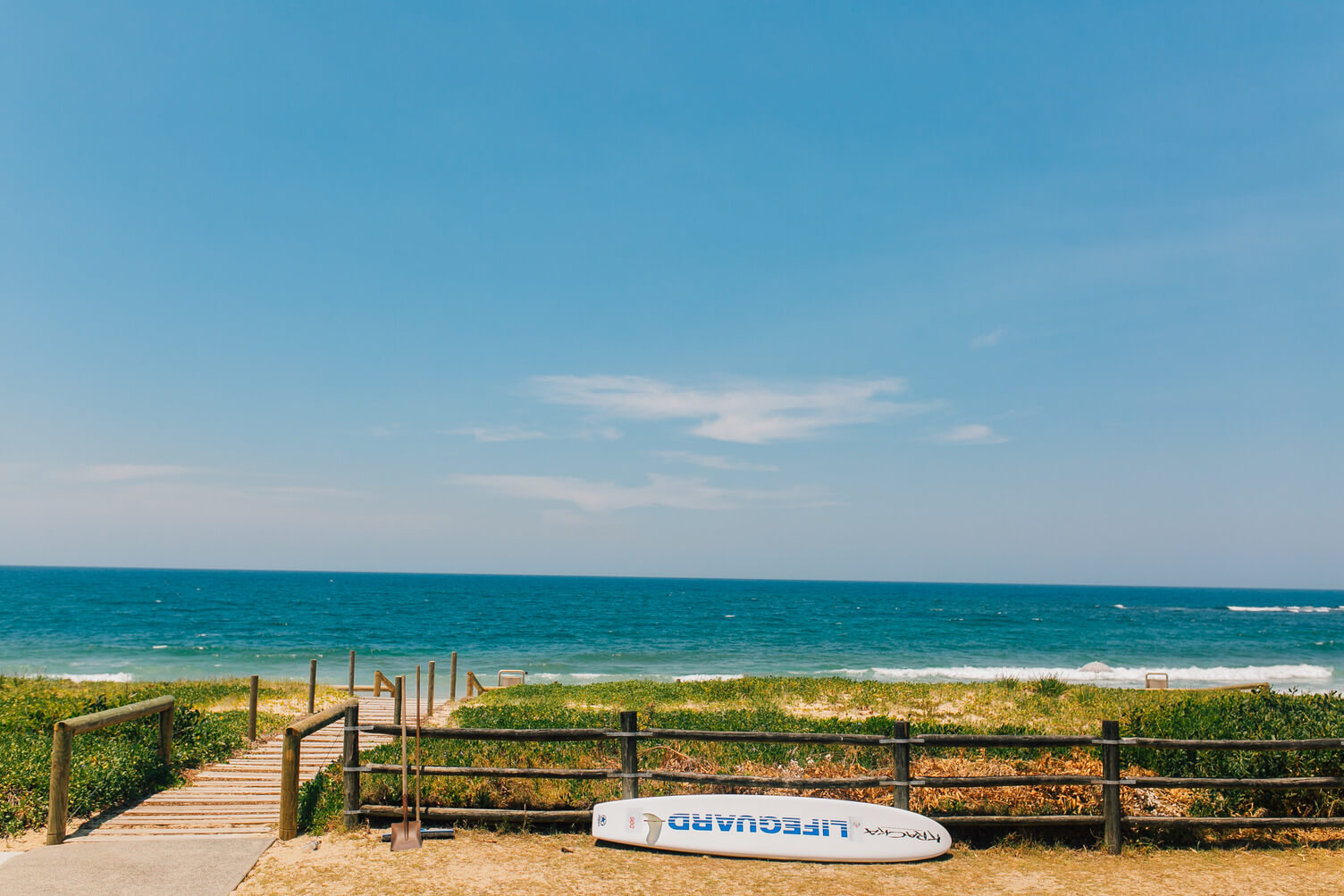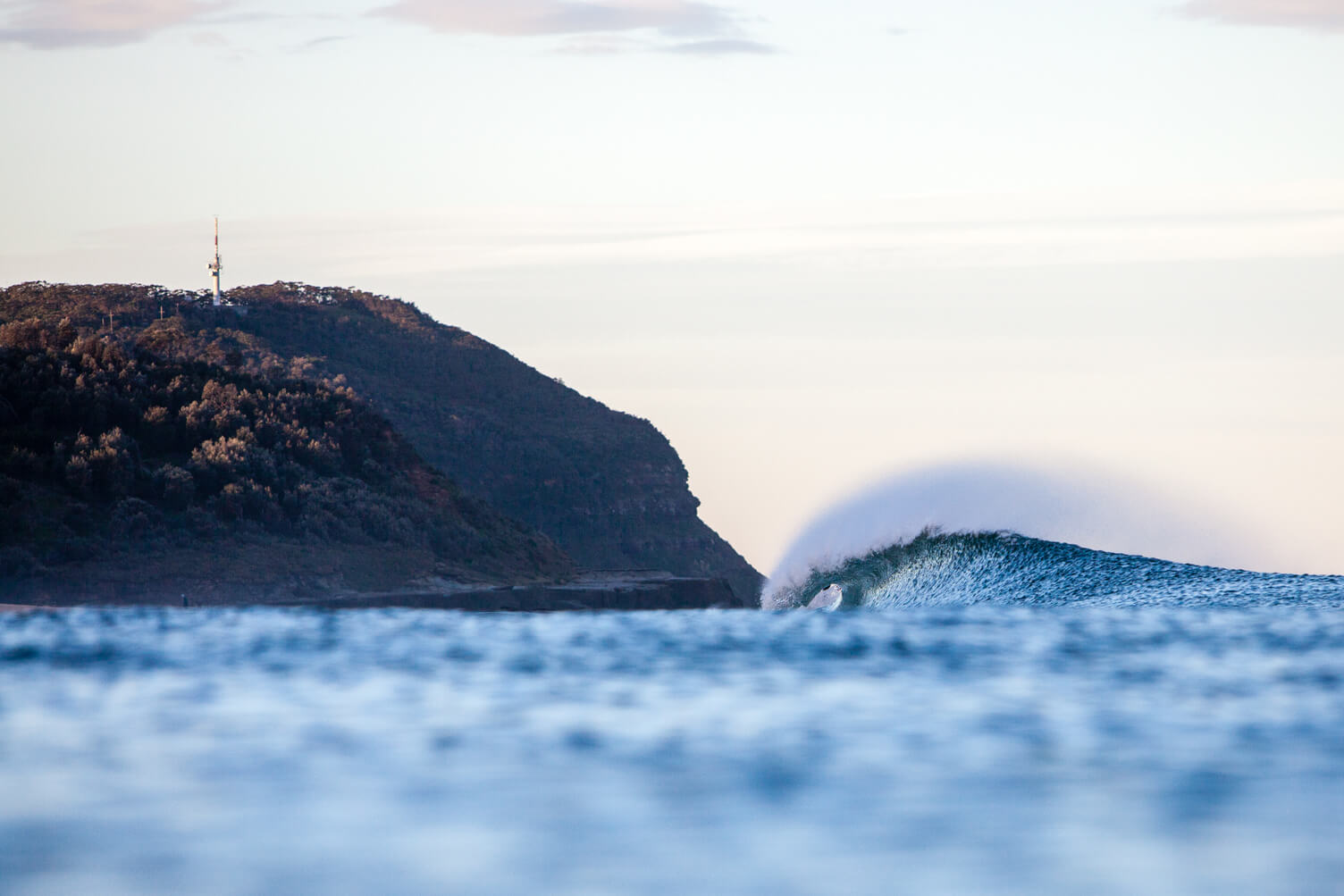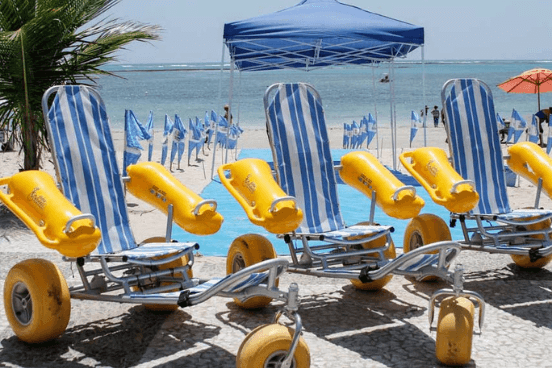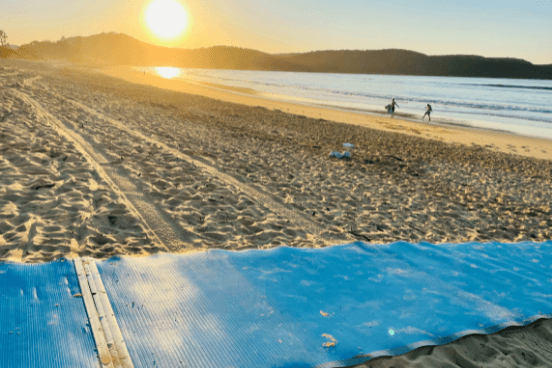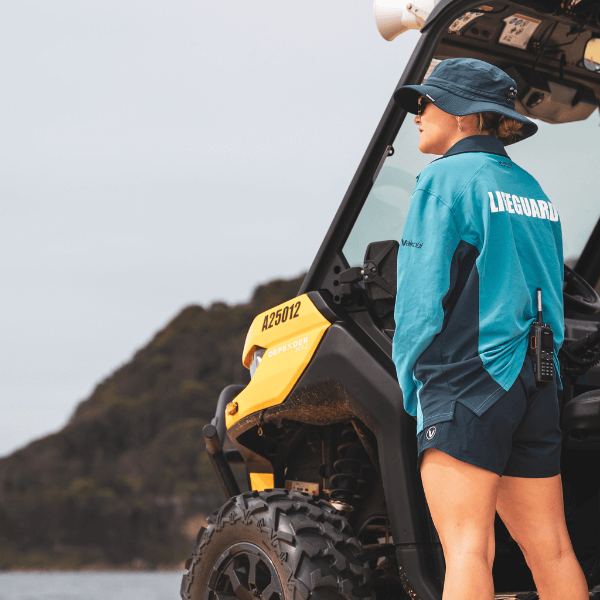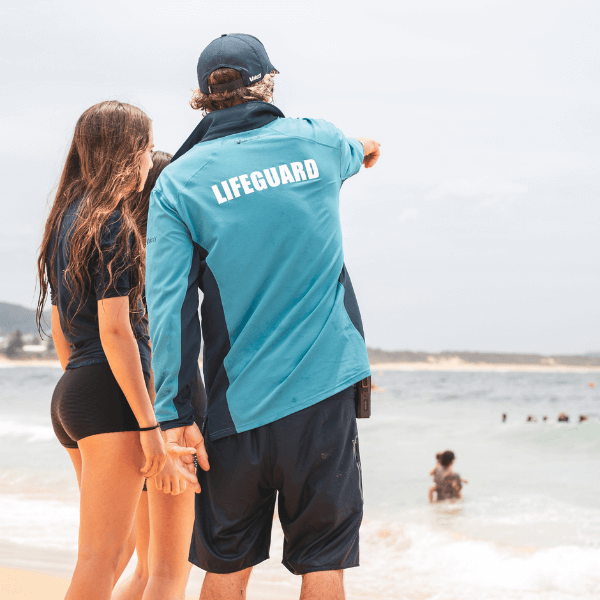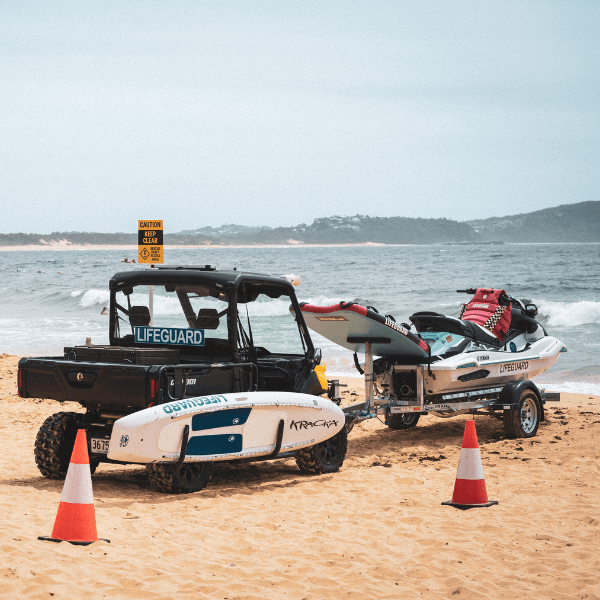
Essential tips for visiting Central Coast beaches
This essential guide will set you up safely for sunny days spent between the sand, surf – and flags.
The Central Coast is all about the beaches. From Patonga Beach in the south to Coral Fern Beach in the north, our region proudly offers more than 40 golden stretches of sand and aqua blue waves calling for a dip... But despite being beautiful, the ocean is still a wild, natural place and comes with its share of risks.
The Central Coast beach season for 2024-25 has started, which means Central Coast Council and Surf Life Saving NSW patrols are back on 15 of our popular beaches to keep you and your family safe this sunny season - their summer patrol starts from 28 September 2024.
Follow our essential tips
While we have lifeguards and lifesavers on patrol, it is important to stay up to date with safety messaging so everyone can have a safe and enjoyable season, so we’ve combed their local knowledge for all you need to know to be safe and happy on our beaches, so your days can be spent swimming, paddling, surfing, diving or sunbathing, worry free.
Essential #1 – Swim at a patrolled beach
Did you know the Central Coast has 87km of coastline with 40+ beaches fringed along it? Almost half of our shores are beaches! However not all of them are patrolled. This summer, Council and our local Surf Life Saving Clubs urge all locals and visitors to swim safely at our patrolled beaches.
All up, there are 15 beaches across the region that will be patrolled every day from spring through to autumn the following year. Depending on which coastal area of the region you live, or where you plan to visit this summer – there is guaranteed to be a safe, patrolled beach near you.
Take your pick of the Central Coast’s 15 patrolled beaches:
- Avoca Beach
- Copacabana Beach
- Killcare Beach
- Macmasters Beach
- North Avoca Beach
- North Entrance Beach
- Ocean Beach
- Shelly Beach
- Soldiers Beach
- Terrigal Beach
- The Entrance Beach
- The Lakes Beach
- Toowoon Bay
- Umina Beach
- Wamberal Beach
Council lifeguards patrol our shorelines between 9am-5pm Monday to Friday, and Surf Life Saving volunteers keep everyone safe on weekends and public holidays. Council’s beach lifeguards will also monitor The Entrance Channel from 28 September throughout the October school holidays on weekends and public holidays, as well as patrol The Grant McBride Baths seven days a week.
During the busy Christmas holiday period, from 21 December 2024 to 31 January 2025, the 15 beach locations and The Grant McBride Baths will be patrolled for an extra an hour (9am-6pm).
Essential #2 – Swim safely in ocean pools
Not the biggest fan of swimming and getting covered in sand? Do you find the waves a little overwhelming? Swap swimming at a patrolled beach for swimming at a patrolled ocean pool instead. The Grant McBride Baths at The Entrance is a safe option for lap swimmers, families and parents with their bubs, set beside a Heritage listed Surf Life Saving Club and within minutes of the town centre where you can find places to refuel by the crystal clear water. There's also some beautiful ocean baths at Pearl Beach, Macmasters Beach and Terrigal.
Essential #3 – Swim between the red and yellows
If they can’t see you, they can’t save you – safe swimming really is that simple. For your own benefit, or that of your children, always swim between the red and yellow flags. Even if you have set your towel down further along the sand, it is worth the short stroll to swim between the flags to ensure the lifeguards can keep an eye on your safety, and quickly react to any danger or calls for help. On the Central Coast we also have black and white flags, which is a safety buffer zone that our board riders need to stay outside of.
Essential #4 – Stay calm and raise your arm
It's vital you know how to call for help before entering the ocean. If you’re swimming and find yourself in a spot of bother, the best thing you can do is raise your hand to alert a lifeguard. Don’t try to fight a rip current – it’s much safer to stay calm and raise your arm. Concentrate on simply staying afloat and shout for assistance – along with raising your arm – to grab the lifeguard’s attention quickly.
Essential #5 – Listen to the lifeguards
You may have watched an episode or two of Bondi Rescue, showing how vital the role of a lifeguard is on Australian beaches. If you’re choosing to use the beaches across the Coast this summer, respect the work of our local Beach Safety and Surf Life Saving teams and listen to their advice – they know the ocean better than any of us!
If you have any questions about swimming conditions, or want to learn more about beach and water safety, lifeguards are also on hand to educate swimmers about these things. Don’t be afraid to say g’day, as you’ve likely also learnt from Bondi Rescue – lifeguards are a friendly bunch!
Essential #6 – Slip, Slop, Slap, Seek and Slide
Are you clued in on what each step of this Aussie safety rhyme stands for? There are plenty of adults who grew up with the simple ‘slip, slop, slap’ message, but today we need to go a few steps further to combat the sun’s powerful rays:
- Slip on a long sleeve shirt
- Slop on some sunscreen (SPF 30+ minimum)
- Slap on a hat
- Seek shade
- Slide on sunglasses
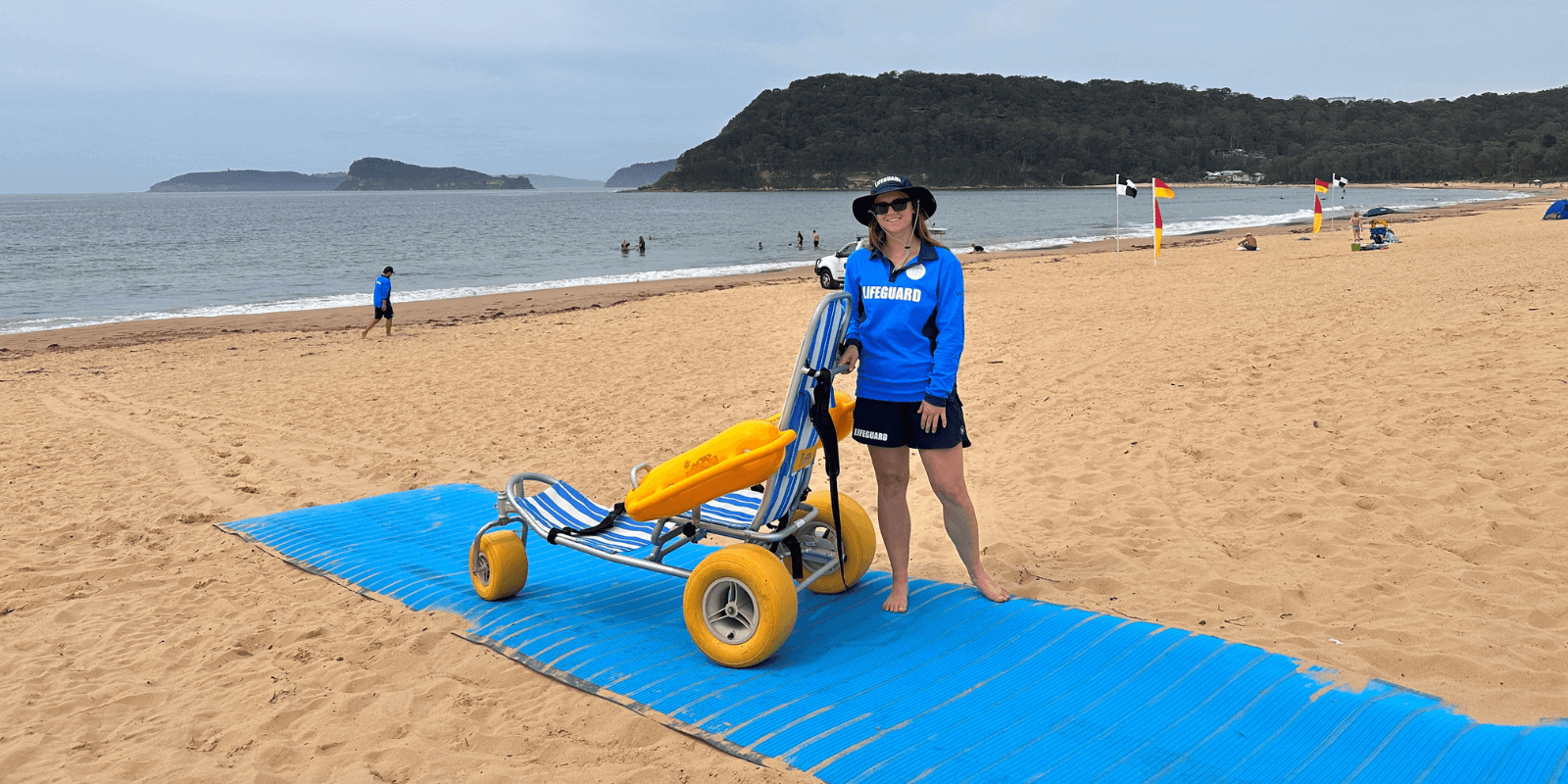
Did you know the Central Coast has accessible beaches?
To improve access and inclusion for people with limited mobility or living with a disability, Central Coast Council provides beach wheelchairs available for free hire at 13 beaches and has installed beach matting at several popular locations across the Coast.
You can hire a beach wheelchair at:
- Avoca Beach
- Copacabana Beach
- Killcare Beach
- Lakes Beach
- Macmasters Beach
- Ocean Beach
- Shelly Beach
- Soldiers Beach (check ahead)
- Terrigal Beach
- The Entrance Beach (check ahead)
- Toowoon Bay
- Umina Beach
- Wamberal Beach
To accommodate varied needs, we have three models of beach wheelchairs including the Sand Cruiser (available at all above locations), plus the Hippocampe and Water Wheel (at selected suitable locations). Beach wheelchair hire can be arranged on site through the lifeguards at individual Surf Life Saving Clubs, however online bookings are highly encouraged to ensure the preferred model of beach wheelchair is available. This is also the best way to arrange relocation of beach wheelchairs for individual or group bookings in advance.
Beach matting has also been installed at Toowoon Bay, Umina Beach, Ocean Beach and Terrigal Beach this season to improve access for people that are less mobile and living with a disability.
The bright, blue matting is rolled-out and secured over the sand and usable by all beach goers providing a stable non-slip, cool surface particularly for people who may use wheelchairs, mobility aids, or prams to have easier access across the sand. These beaches have been chosen because erosion is low to moderate and they are relatively flat. Find out more on Council's website.
Find out more
For more information and frequently asked questions on beach safety, visit the Central Coast Council website.
To search any beach and find its open/closed status visit beachsafe.org.au
Bringing your doggo to the beach? Check out our list of dog-friendly spots on the Central Coast.
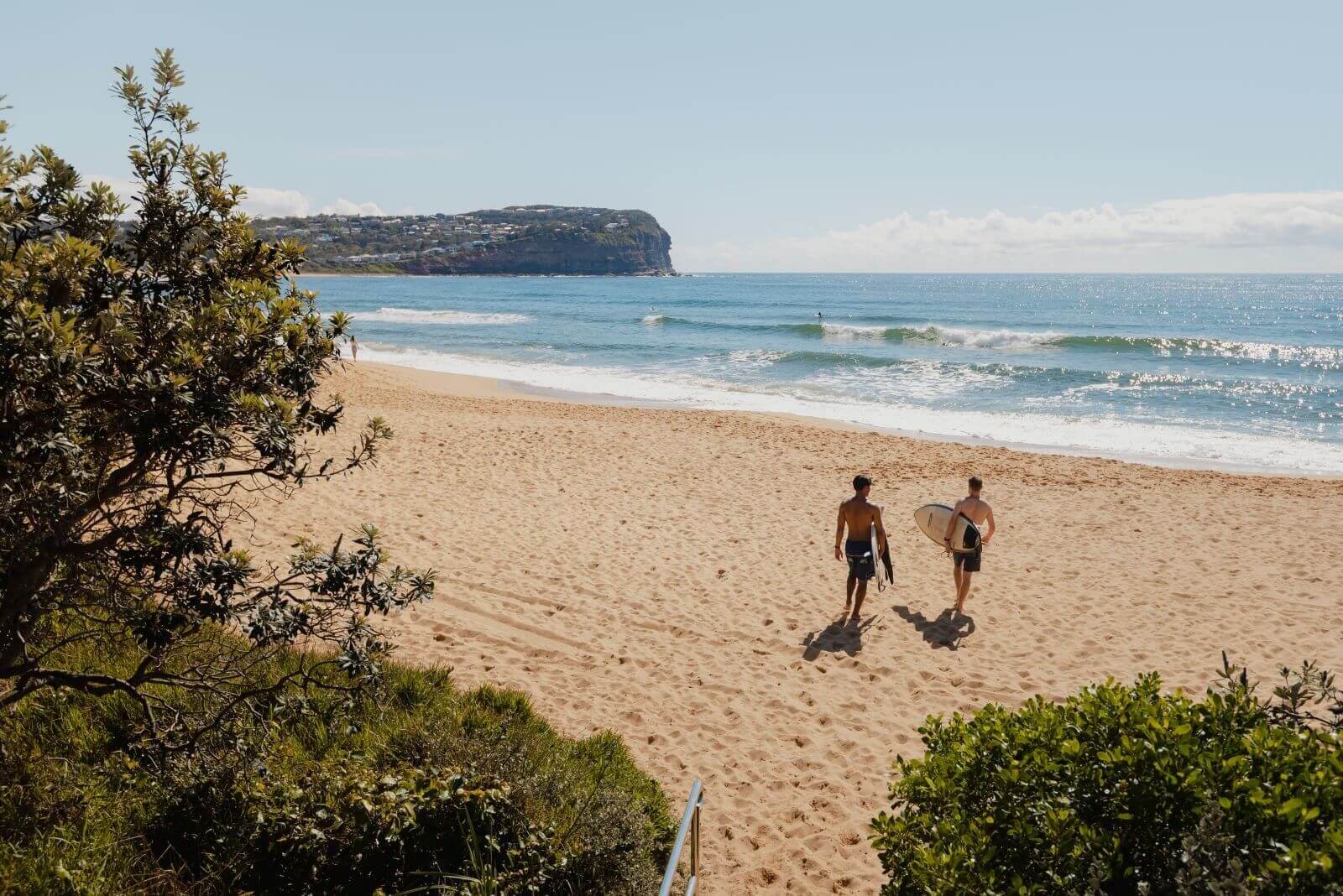
Stay beach safe in National Parks
Planning to take a dip in a national park beach? It’s important to remember that many popular Central Coast beaches are remote and unpatrolled, such as Maitland Bay, Frazer Beach and Pearl Beach, with limited mobile reception. Before you get into the water, remember these tips:
Draw a line in the sand –
- Stop, don’t rush in, check for rips;
- Look for other hazards like waves, changing water depth and rocks;
- Plan - have a plan in place in case something goes wrong.
Remember the safest place to swim is always at a patrolled beach between the red and yellow flags.



